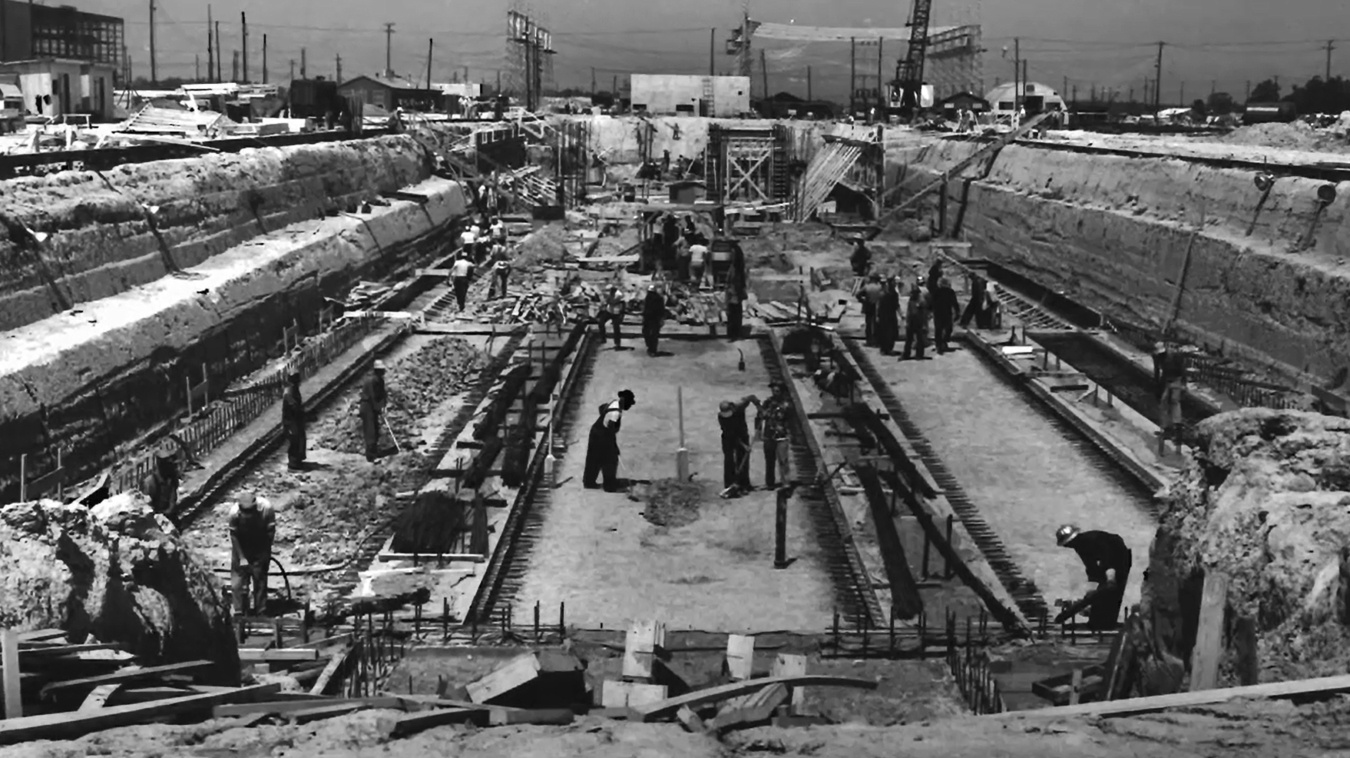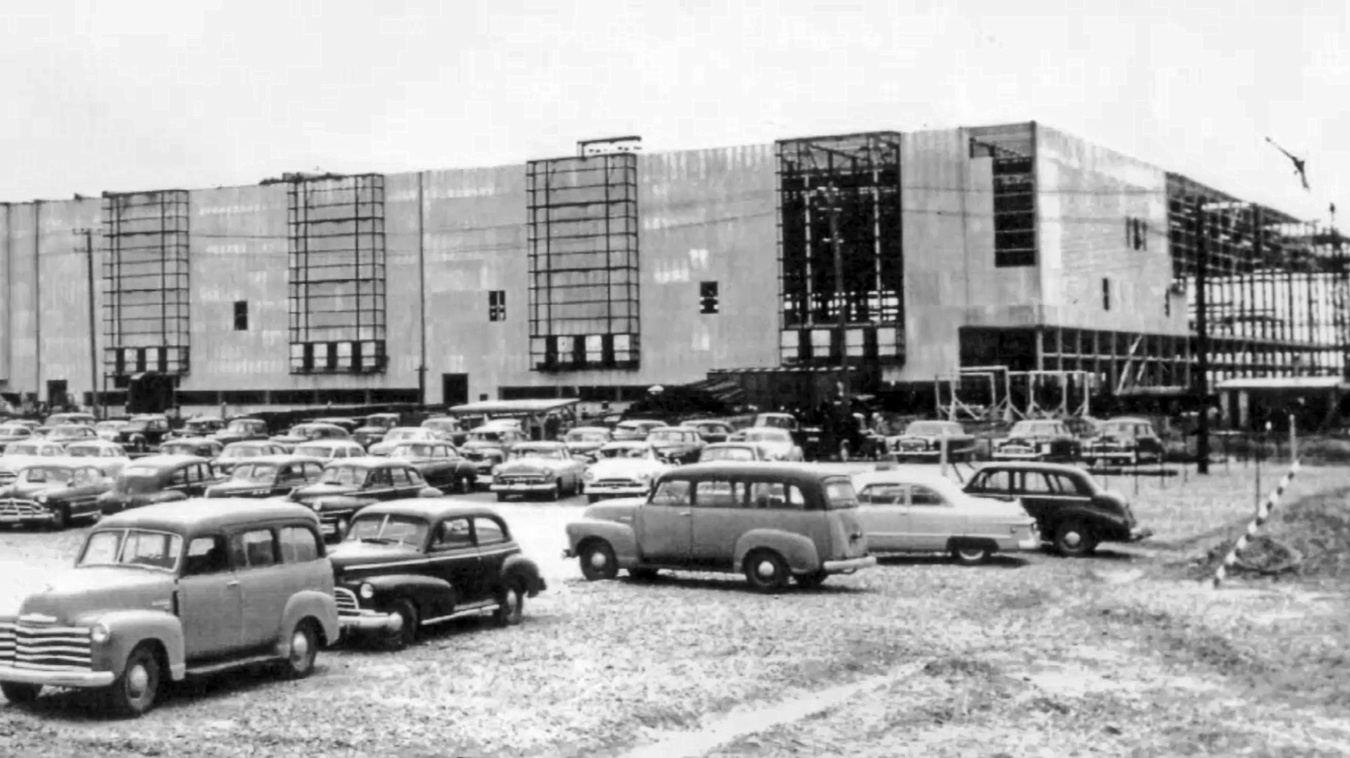Paducah Timeline
Site Description
The Paducah Gaseous Diffusion Plant (PGDP) is located in McCracken County, Kentucky, 10 miles west of the city of Paducah. The plant is located on a 3,556-acre DOE site, of which approximately 750 acres are within the fenced industrial area. The PGDP footprint has more than 500 facilities, 19 miles of roadway, and 5 miles of fence. The plant has its own water treatment plant, post office and medical facility. Until shutdown of the enrichment process in 2013, the PGDP operated primarily in four large cascade process buildings that enriched uranium by the gaseous diffusion process. The four process buildings contain approximately 75 acres under roof. A workforce of approximately 1,400 workers are currently working on the deactivation of the C-333 Process Building, R-114 disposition and remediation.

The Paducah Site was constructed in 1952 to produce enriched uranium, initially for the nation’s nuclear weapons program and later for nuclear fuel for commercial power plants. The plant is owned by DOE, which oversees environmental cleanup activities at the site, including environmental remediation, waste management, depleted uranium conversion, and decontamination and decommissioning. Commercial enrichment was conducted under lease from 1993 until 2013 when operations ceased and the gaseous diffusion facilities were returned to the DOE Environmental Management (EM) program. EM has conducted extensive cleanup activities at the site since the late 1980s and is currently deactivating the returned plant facilities while continuing the remediation program.
Background
In October 1950, the United States Atomic Energy Commission (AEC) selected a former World War II munitions plant near Paducah, Kentucky, known as Kentucky Ordnance Works, as the site for the second of three planned uranium enrichment plants in the United States. The other two enrichment plants were located near Portsmouth, Ohio, and Oak Ridge, Tennessee.
The Paducah Gaseous Diffusion Plant (PGDP) was first used to enrich uranium for military reactors and the nation’s nuclear weapons program. Later the PGDP was used to supply enriched uranium for commercial power plants. The plant is owned by the U.S. Department of Energy (DOE) and from 1993 until October 2014, the PGDP was leased to the United States Enrichment Corporation (USEC). Today, DOE oversees environmental cleanup activities at the site, including environmental management, waste management, depleted uranium hexafluoride conversion, and decontamination and decommissioning.
Before World War II, the area now occupied by the PGDP site was used for agricultural purposes. Numerous small farms produced various grain crops, provided pasture for livestock, and included large fruit orchards. During World War II, a 16,126-acre tract was assembled for construction of the Kentucky Ordnance Works, a trinitrotoluene (TNT) production facility, which subsequently was operated by the Atlas Powder Company until the end of the war. Ultimately the land was turned over to the General Services Administration.

In 1950, in response to Cold War challenges the U.S. Government began efforts to expand fissionable material production. Due to national security concerns, President Harry S. Truman directed the AEC to expand further production of atomic weapons, with a provision for a new gaseous diffusion plant.
Eight government-owned sites initially were selected as candidate areas. On Oct. 18, 1950, AEC approved the Paducah Site for uranium enrichment operations and formally requested the Department of the Army to transfer the site from the General Services Administration to AEC. In October 1951, construction of the plant began. Although construction was not complete until 1954, production of enriched uranium began in 1952.
During peak enrichment at the PGDP 3,000 megawatts, 30 million gallons of water a day and 300,000 lbs./hr. of steam were used to meet operation needs. Today, only about 10 megawatts, 3 million gallons of water and 5,000 lbs./hr. of steam are used at the site.
Uranium enrichment operations ran continuously for more than 60 years at the PGDP. The plant was managed by the Department of Energy and its predecessors until it was leased to private industry, which continued uranium enrichment operations until May 2013. DOE selected a deactivation contractor in July 2014 and accepted the leased facilities on Oct. 21, 2014. Currently, deactivation activities are underway to prepare the Paducah Site for decontamination and decommissioning.
Paducah Virtual Museum
A virtual museum designed to capture and catalog the history of the Paducah Gaseous Diffusion Plant is available online. Click here to view the virtual museum. Published in 2021, the site was developed as a collaboration between DOE and the University of Kentucky Center for Applied Energy Research’s Kentucky Research Consortium for Energy and Environment.
Leadership
April Ladd

Paducah Site Lead
Paducah Site Lead April Ladd is a Project Management Professional Certified Project Manager and a certified Federal Project Director with over 15 years of experience working complex projects in the nuclear industry. In her current position, she oversees the deactivation and remediation program at the Paducah Site. She was formerly the Federal Project Director for stabilization and deactivation activities at Paducah. April holds a bachelor’s degree in chemical engineering.
Contractors
Four Rivers Nuclear Partnership – Deactivation and Remediation (D&R)
Four Rivers Nuclear Partnership (FRNP) is responsible for deactivation and decommissioning, environmental remediation, facility disposition and waste disposition. FRNP was formed to meet the unique challenges of the Paducah Deactivation and Remediation (D&R) project.
Swift & Staley - Infrastructure Support Services
Swift & Staley Inc. (SSI) is the Paducah Site infrastructure support services contractor. Their scope of work includes infrastructure maintenance, site security, records management, document control, property and fleet management.
Enterprise Technical Assistance Services - Technical Support Services
Enterprise Technical Assistance Services (ETAS) serves as the technical support contractor for the Portsmouth Paducah Project Office. This contractor supports the environmental remediation and D&R projects at the Paducah Site by assisting DOE in the oversight of all phases of the D&R projects, including transition from facility operation to decommissioning, D&D planning and fieldwork and site closeout. ETAS provides a range of business and program-wide support to DOE.
Mid-America Conversion Services - DUF6 Conversion
Mid-America Conversion Services (MCS) is the project management and plant-operating contractor responsible for the conversion of more than 700,000 metric tons of DUF6 into depleted uranium oxide, a more stable chemical form that can be reused, stored or disposed.

